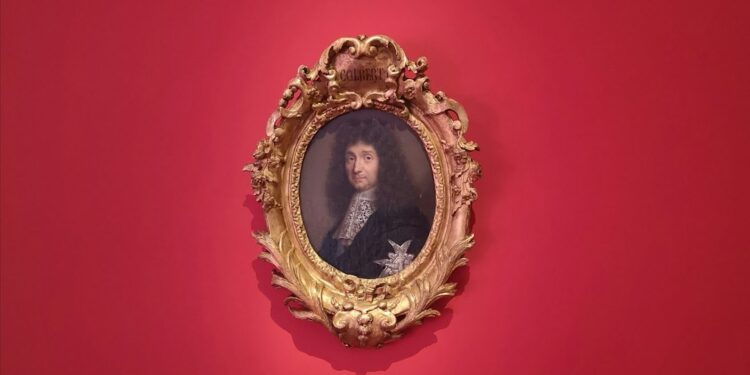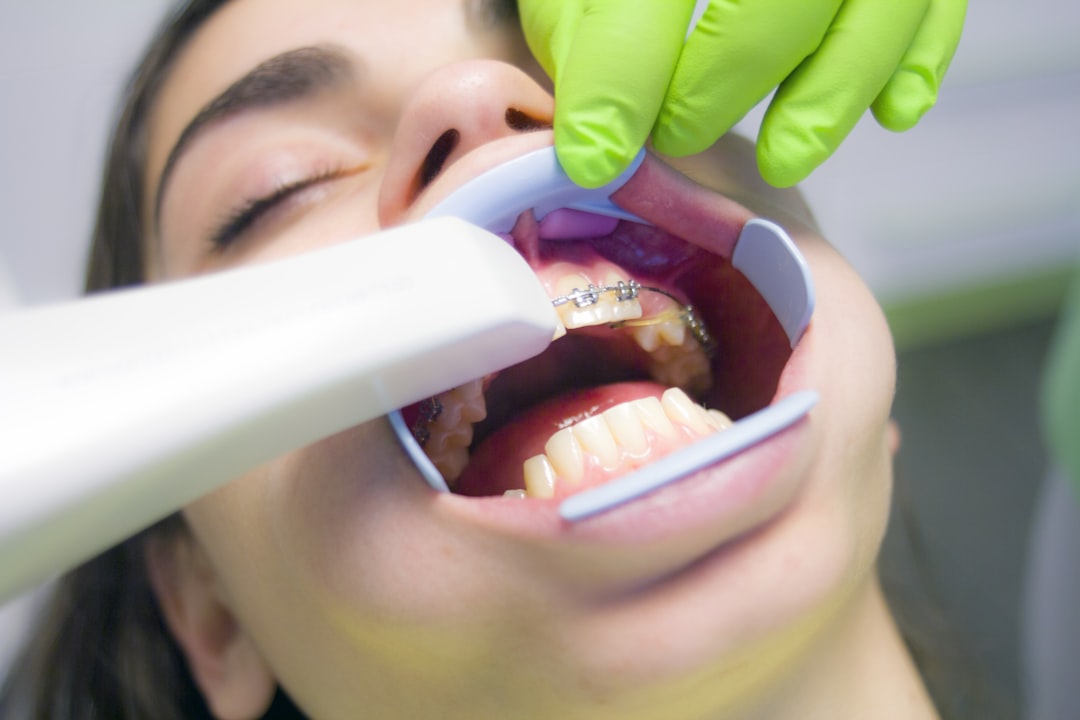Art has long been recognized as a powerful form of self-expression. From the earliest cave paintings to the intricate sculptures of ancient civilizations, human beings have used art as a means of communicating their thoughts, emotions, and experiences. But art can be so much more than just a form of communication; it can also be a powerful tool for healing and personal growth.
Art therapy is a form of therapy that utilizes the creative process of making art to improve a person’s physical, mental, and emotional well-being. It is based on the belief that the creative process involved in artistic expression can help people to resolve conflicts and problems, develop interpersonal skills, manage behavior, reduce stress, and increase self-esteem and self-awareness.
When someone engages in art therapy, they are encouraged to create art in a safe and non-judgmental environment, often with the guidance of a trained art therapist. The artwork itself becomes a means of communication, allowing the individual to explore their thoughts, feelings, and experiences in a tangible way. This can be particularly helpful for individuals who struggle to express themselves verbally or find it difficult to confront and process their emotions.
One of the most powerful aspects of art therapy is its ability to tap into the unconscious mind. Through the act of creating art, individuals can access a deeper level of self-awareness and gain insights into their thoughts, feelings, and experiences that they may not have otherwise been able to access. This process can be especially valuable for individuals who have experienced trauma or have difficulty understanding or verbalizing their emotions.
Art therapy can also provide a sense of empowerment and control. When individuals are creating art, they have complete autonomy over the process. They can choose the colors, shapes, and materials that they want to use, and they can make changes and alterations as they see fit. This sense of control can be incredibly empowering for individuals who have experienced trauma or who may feel helpless or out of control in other aspects of their lives.
Finally, art therapy can be a source of comfort and solace. Engaging in the creative process can be a form of escapism, allowing individuals to temporarily disconnect from their troubles and enter into a state of flow. The act of creating something beautiful and meaningful can provide a sense of joy, fulfillment, and purpose, which can be incredibly healing for individuals who may be struggling with depression, anxiety, or other mental health issues.
In conclusion, art therapy is a powerful tool for healing and personal growth. By using art as a means of self-expression, individuals can gain insights into their thoughts, emotions, and experiences, develop self-awareness and self-esteem, and find comfort and solace in the creative process. Whether it’s painting, drawing, sculpting, or any other form of artistic expression, art can be a transformative journey towards healing and self-discovery.














